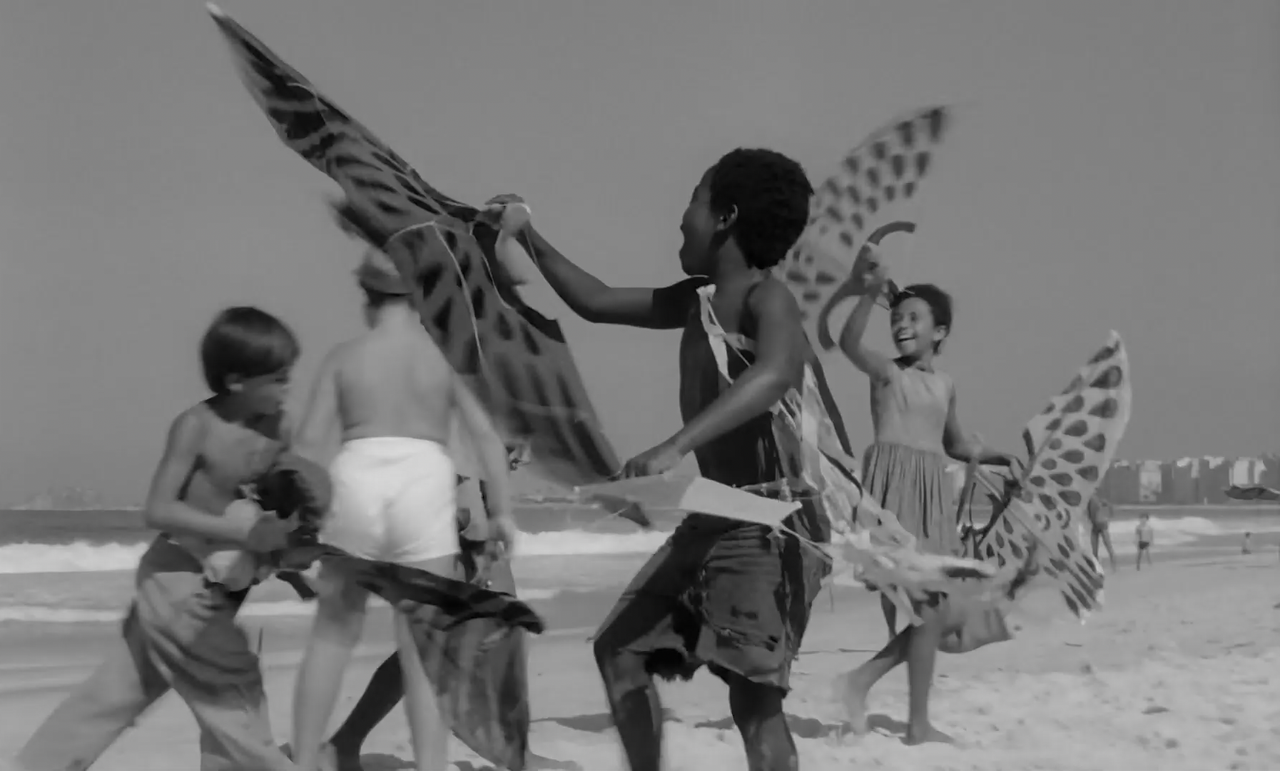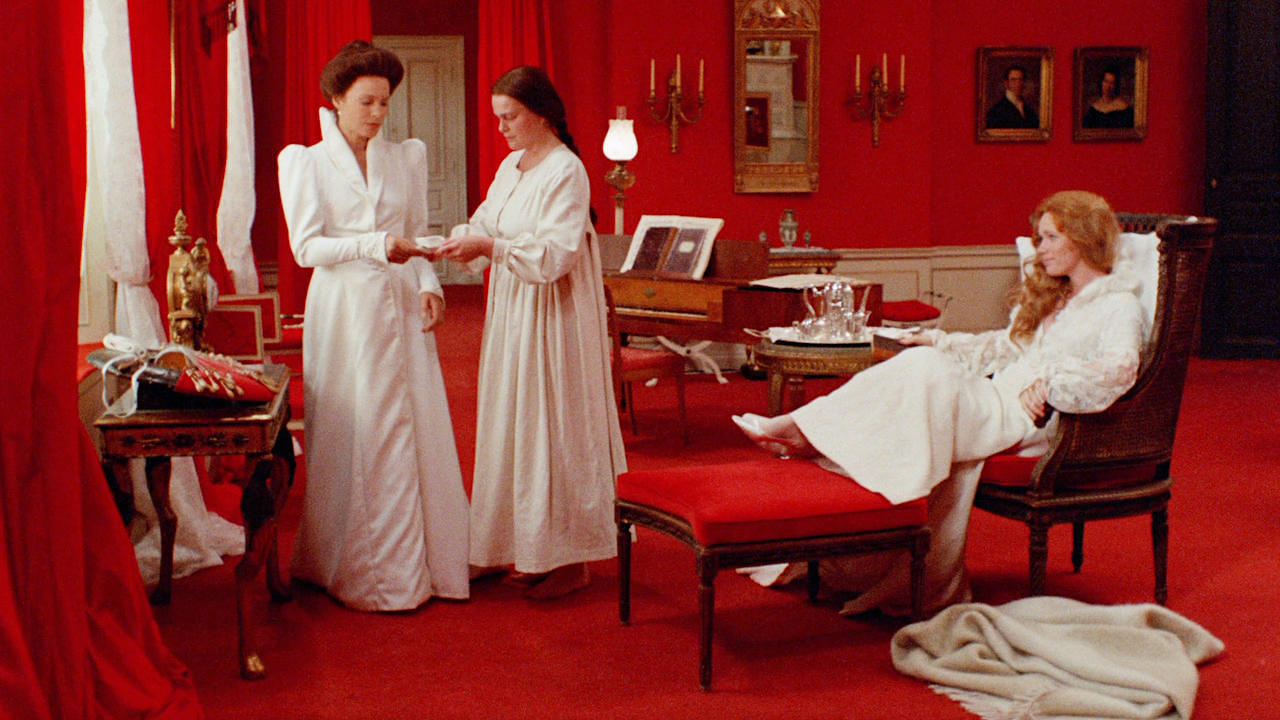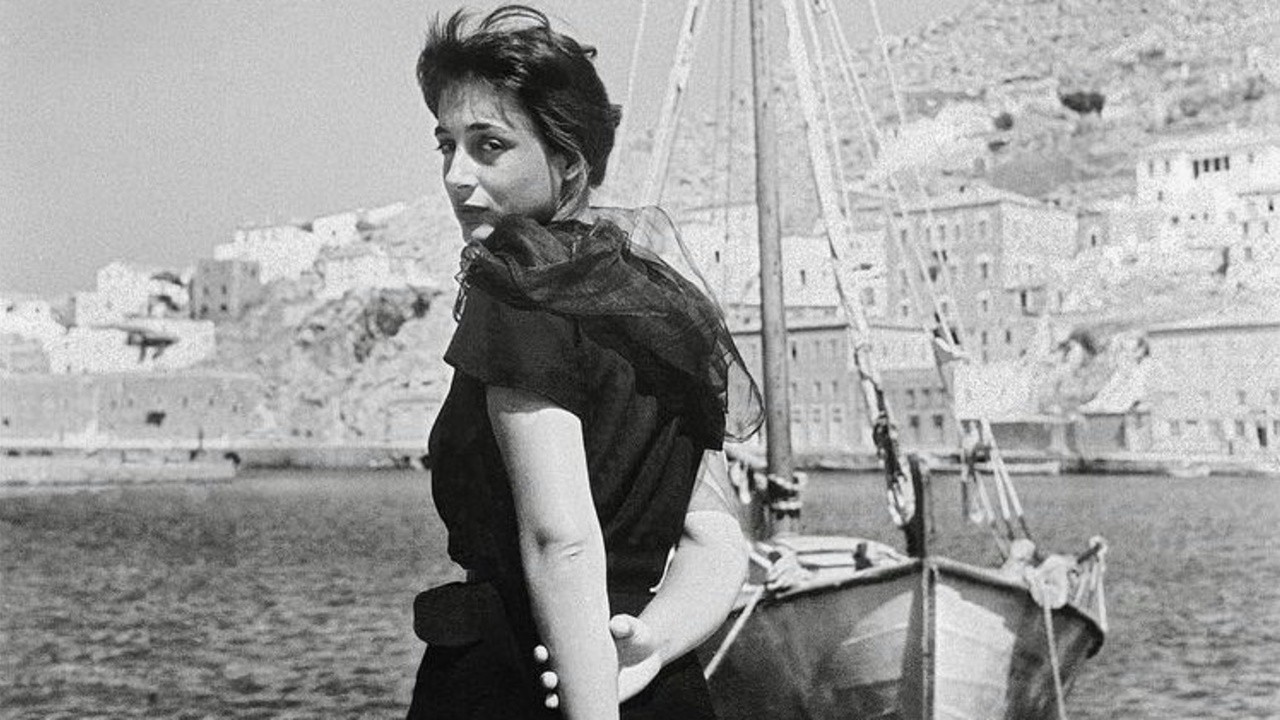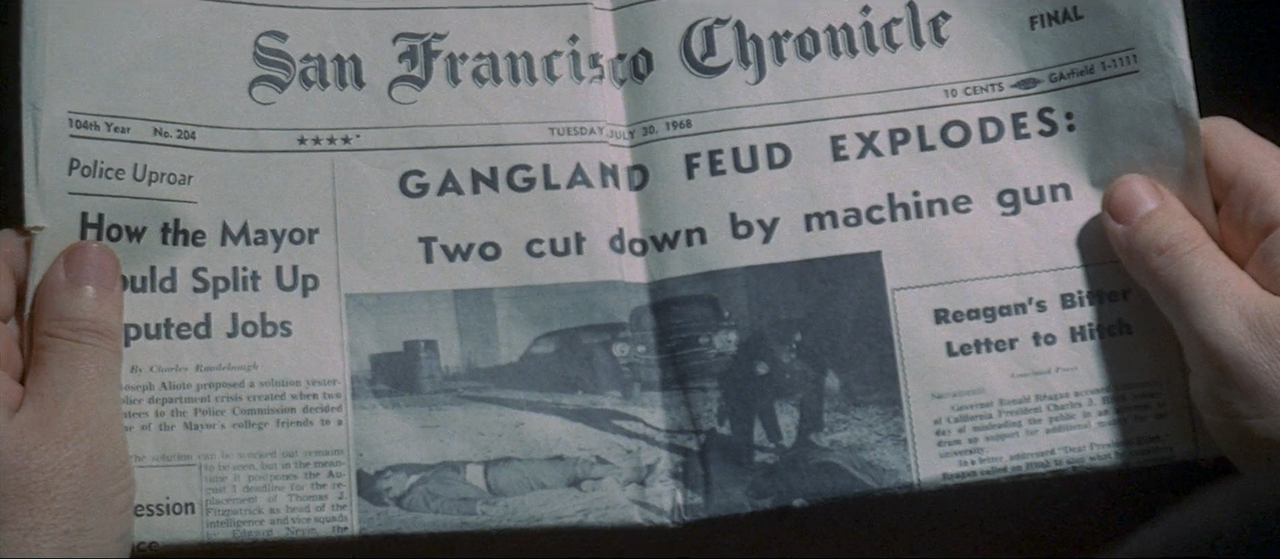黒蜥蜴 [Kurotokage / Kuro tokage / Black Lizard] (Kinji Fukasaku, 1968)
Aug
4

The Black Lizard (Akihiro Miwa) in embrace with Detective Akechi (Isao Kimura). DP: Hiroshi Dōwaki.
She-Man: A Story of Fixation (Bob Clark, 1967)
Aug
4

Lt. Albert Rose, now Rose Albert (Leslie Marlowe), strikes a pose. DP: Gerhard Maser.
“She looked at the red shoes, for she thought there was no harm in looking. She put them on, for she thought there was no harm in that either. But then she went to the ball and began dancing. When she tried to turn to the right, the shoes turned to the left. When she wanted to dance up the ballroom, her shoes danced down. They danced down the stairs, into the street, and out through the gate of the town. Dance she did, and dance she must, straight into the dark woods.” The Red Shoes (Michael Powell + Emeric Pressburger, 1948)
Aug
3
red

A ballerina's lower body in focus. She wears a long tulle off-white dress, slightly sheer, with her white stockings showing through slightly. Part of her right lower arm is visible, the hand clutched, a turquoise bracelet on the wrist. What stands out most are her ruby red ballet shoes that appear to move away from her. The backdrop is a dull, washed out carpet. DP: Jack Cardiff.
Red: best use of red in food or fashion*
– Hans Christian Andersen, De røde Skoe (1845, tranl. Jean Hersholt, 1949), via
Another one of The Archers' #Technicolor extravaganzas. This time, not to wow the worn-down post-war black-and-white audience, but as an an active storytelling instrument.
Built around Hans Christian Andersen's haunting tale De røde Skoe (1845).
* the Bales 2025 Film Challenge for August is not date-related but lists, for the most part, the colours of the rainbow.
“I'd become a sort of a reverse zombie. I was living in a world already dead, and I alone knowing it.”Night Has a Thousand Eyes (John Farrow, 1948)
Aug
3

Mentalist John Triton (Edward G. Robinson, middle) and two of his conspirators. DP: John F. Seitz.
A continuity error later on in the movie makes it August 4.
– John Triton
Mitt hem är Copacabana [My Home Is Copacabana] (Arne Sucksdorff, 1965)
Aug
2

The favela children on the beach, playing with kites and mingling with the rich kids. DP: Arne Sucksdorff.
A kite in celebration of 浜松まつり, the Hamamatsu Kite Festival, which takes place on May 3–5*
Favela kids steal kites and sell them on in this Copacabana-set Nordic drama.
Toninho Carlos de Lima, Rico in the movie, was not a homeless kid from the favelas but lived in a house with his family when he was send to Sweden to promote Mitt hem är Copacabana. A wealthy Swedish couple offered to adopt him, and his natural mother reluctantly gave in hoping to prevent a life of crime for her son (source). That too, dear reader, is colonialism.
* the Bales 2025 Film Challenge for August is not date-related but lists, for the most part, the colours of the rainbow.
“It's just a dream, Agnes.” Viskningar och rop [Cries and Whispers] (Ingmar Bergman, 1972)
Aug
1
red

The three sisters in the red room (via). DP: Sven Nykvist.
Red: a building or structure*
– Anna
Red as an expression of inner and outer worlds. Even the scene transitions are red.
* the Bales 2025 Film Challenge for August is not date-related but lists, for the most part, the colours of the rainbow.
“You'll go under like all the others.”White Woman (Stuart Walker, 1933)
Aug
1

Horace H. Prin (Laughton) and Judith Denning (Lombard) in a promotional photo. DP: Harry Fischbeck.
– Judith Denning
“Du, Wolf, nächsten Sonntag — ?” Menschen am Sonntag [People on Sunday, a Film Without Actors] (Robert Siodmak, Edgar G. Ulmer, Rochus Gliese, Curt Siodmak + Fred Zinnemann, 1929)
Jul
31

Brigitte Borchert savours her Sunday. The workweek is still lightyears away (via). DP: Eugen Schüfftan.
Someone goes to work*
– title card
Berliners rest on Sunday, we still do. People lounge in the many parks, and on the shores of the city's many lakes. And then, it's Monday.
Released in 1929, according to Atlas Film, who restored this important Weimar classic long before Criterion put their grubby hands on it.
* the Bales 2025 Film Challenge for July is, for unknown reasons, mostly not date-related and follows some sort of vacation narrative.
Το κορίτσι με τα μαύρα [To koritsi me ta mavra / A Girl in Black] (Mihalis Kakogiannis, 1956)
Jul
30

Marina (Ellie Lambeti) in the port of Hydra. DP: Walter Lassally.
Someone is sad, or cries*
A wealthy Athenian writer on holiday on Hydra falls for the morose Marina (Ellie Lambeti), one of the daughters of his widowed innkeeper, causing disruption in the close-knit island community.
* the Bales 2025 Film Challenge for July is, for unknown reasons, mostly not date-related and follows some sort of vacation narrative.
“It's a lot of work, ya know, just staying alive.”Gli intoccabili [Machine Gun McCain] (Giuliano Montaldo, 1969)
Jul
30
1968

Man's hands hold up the July 30, 1968 San Francisco Chronicle. The headline reads GANGLAND FEUD EXPLODES: TWO CUT DOWN BY MACHINE GUN. It's a Tuesday. DP: Erico Menczer.
– Rosemary Scott